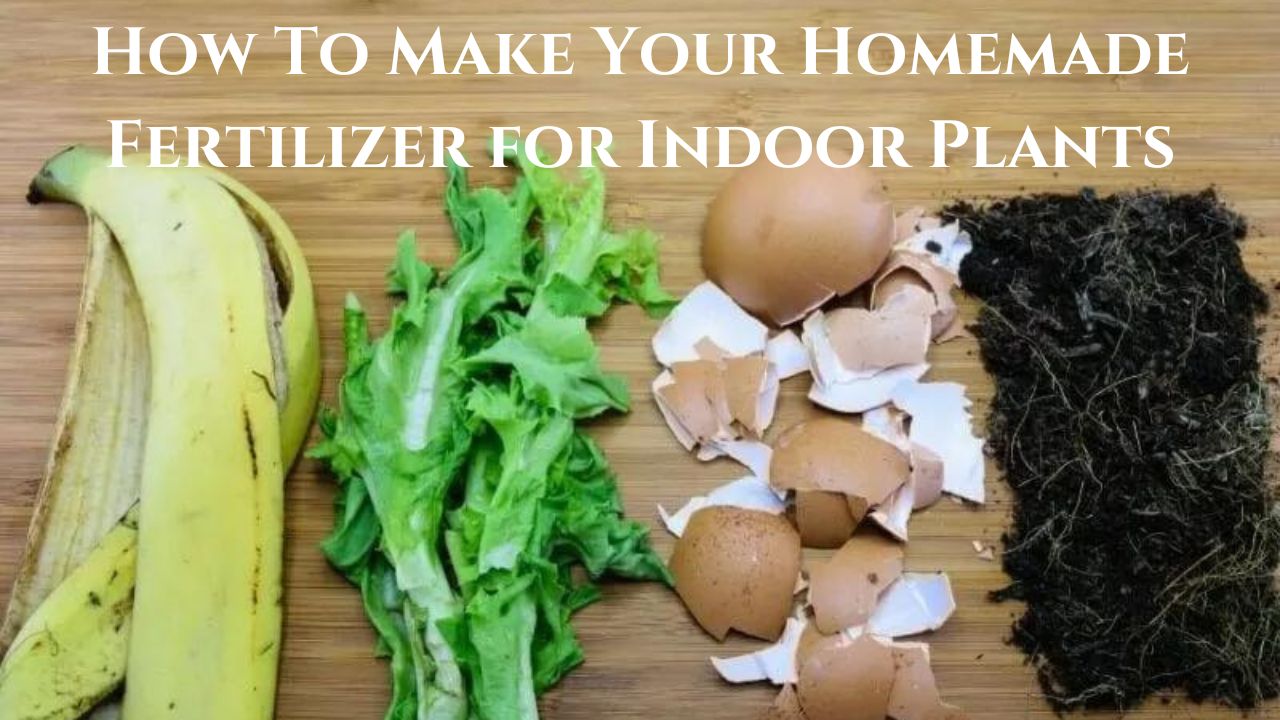How to Make Natural Compost for Plants: A Comprehensive Guide

Imagine transforming your garden waste into a rich, nutrient-dense fertilizer that your plants will love. Sounds like magic, doesn't it? Welcome to the world of natural composting, where you can turn ordinary organic materials into extraordinary homemade fertilizer. Not only does composting reduce waste, but it also enhances soil health, making it a win-win for your garden and the environment. So, are you ready to become a composting pro? Let's dive in!
Understanding the Basics of Organic Composting
Before we get our hands dirty, let's understand what organic composting is all about. Composting is a natural process where organic materials decompose into a nutrient-rich substance called compost. This compost is a fantastic soil amendment that improves soil structure, retains moisture, and provides essential nutrients for your plants.
What Can You Compost?
You might be surprised by the variety of materials you can compost. Here are some common items:
- Garden Waste: Leaves, grass clippings, and plant trimmings.
- Food Scraps: Fruit and vegetable peels, coffee grounds, and eggshells.
- Paper Products: Newspapers, cardboard, and paper towels.
However, avoid composting meat, dairy, and diseased plants, as they can attract pests and spread diseases.
Setting Up Your Compost Bin
Now that you know what you can compost, let's set up your compost bin. You can either purchase a compost bin or build your own using wooden pallets or wire mesh. The key is to ensure good airflow and drainage.
Location Matters
Place your compost bin in a shady, well-drained area. Direct sunlight can dry out the compost, while poor drainage can lead to a soggy, smelly mess.
The Right Balance
Composting requires a balance of carbon-rich materials (browns) and nitrogen-rich materials (greens). Browns include dry leaves, straw, and paper, while greens include fresh grass clippings, fruit and vegetable scraps, and coffee grounds. Aim for a ratio of about 3:1 browns to greens.
The Composting Process
Composting is a bit like cooking a slow, hearty stew. You add ingredients, stir occasionally, and let nature do its work. Here's a step-by-step guide:
Step 1: Layer Your Materials
Start with a layer of browns at the bottom of your bin. Then, add a layer of greens, followed by another layer of browns. Continue this pattern until your bin is full.
Step 2: Keep It Moist
Your compost pile should be as moist as a wrung-out sponge. If it's too dry, add some water. If it's too wet, add more browns.
Step 3: Turn the Pile
Every few weeks, turn the pile with a pitchfork or shovel. This aerates the compost, speeding up the decomposition process.
Step 4: Monitor the Temperature
A healthy compost pile will heat up as the materials break down. You can use a compost thermometer to monitor the temperature. Once the pile cools down, your compost is ready to use.
Using Your Homemade Fertilizer
Congratulations! You've turned garden waste into a valuable resource. Now, let's put your homemade fertilizer to good use.
In the Garden
Spread a layer of compost around your plants, working it into the soil. This will provide a slow release of nutrients and improve soil structure.
In Pots
Mix compost with potting soil for a nutrient-rich blend that your potted plants will love.
As Mulch
Use compost as a top dressing around your plants to retain moisture and suppress weeds.
Troubleshooting Common Composting Problems
Even the best-laid plans can go awry. Here are some common composting problems and their solutions:
Foul Odors
If your compost smells bad, it's likely too wet or has too many greens. Add more browns and turn the pile to introduce more air.
Pests
If you're attracting pests, you might be composting the wrong materials. Avoid meat, dairy, and cooked foods. Also, ensure your compost bin has a secure lid.
Slow Decomposition
If your compost isn't breaking down, it might be too dry or lacking in greens. Add some water and nitrogen-rich materials, then turn the pile.
Conclusion
Making natural compost for plants is a rewarding process that benefits both your garden and the environment. By understanding the basics of organic composting, setting up a compost bin, and following the composting process, you can turn garden waste into a valuable resource. So, why not give it a try? Your plants will thank you!
FAQs
How long does it take to make compost?
The time it takes to make compost varies depending on the materials used, the size of the pile, and the climate. Generally, it can take anywhere from a few months to a year.
Can I compost in the winter?
Yes, you can compost in the winter. The process will slow down due to the cold temperatures, but it will still happen. You can also insulate your compost bin to keep it warmer.
What should I do if my compost pile is too wet?
If your compost pile is too wet, add more carbon-rich materials (browns) and turn the pile to introduce more air. This will help dry out the compost and speed up the decomposition process.
Can I compost weeds?
It's generally not recommended to compost weeds, as they can spread seeds and diseases. However, if you're sure the weeds haven't gone to seed and aren't diseased, you can compost them.
How do I know when my compost is ready to use?
Your compost is ready to use when it's dark, crumbly, and has an earthy smell. It should also be cool to the touch, indicating that the decomposition process is complete.


For more information on composting, check out these resources:
Happy composting!
0 Response to "How to Make Natural Compost for Plants: A Comprehensive Guide"
Post a Comment